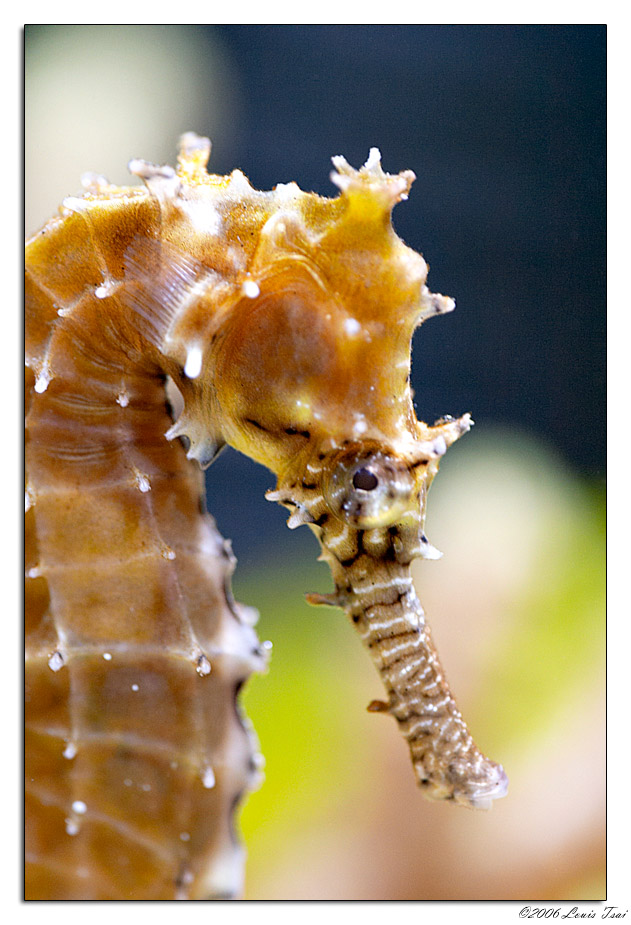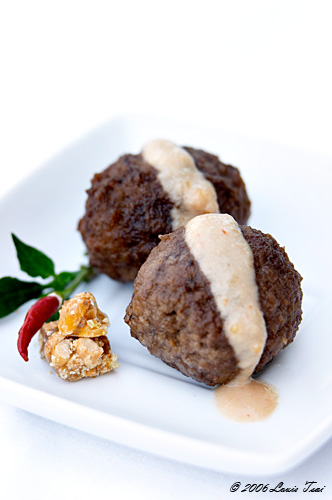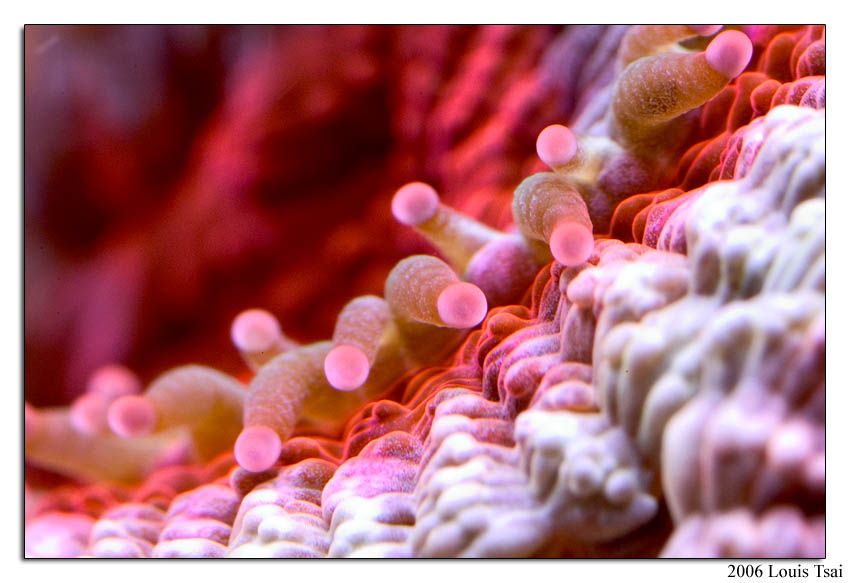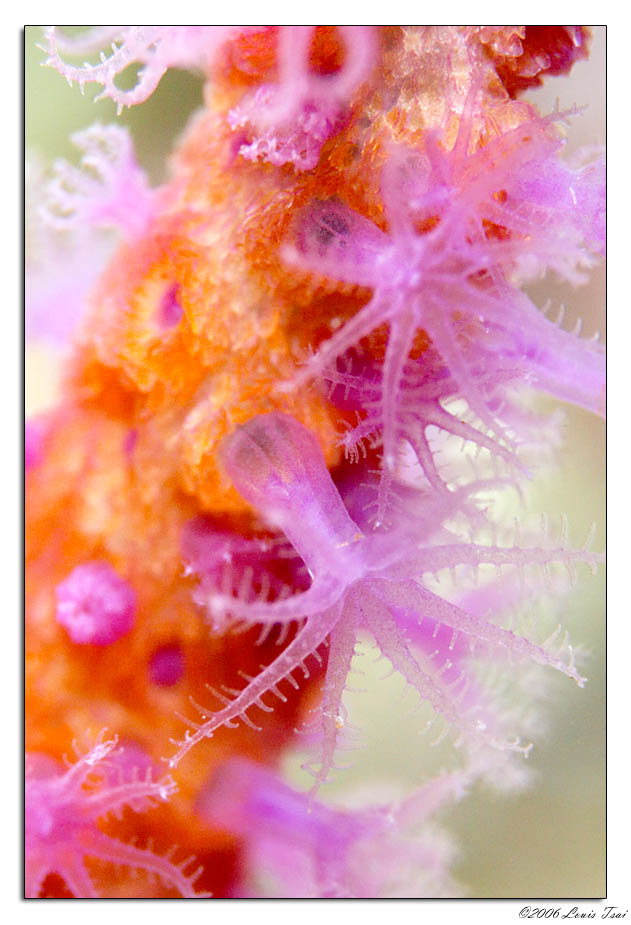Application was sent yesterday for Dip of arts applied photography, the next two stages are intake test & folio presentation
after looking at my folio i really need to delve into the world of macro's,
lots of portraits landscapes ect but no macro stuff. and seeing the awsome stuff you all put on here i thought that you's would be the best ones to get info from about it
first off i have NFI on macro's, never ever done it.
need help on macro lenses/macro filters what the???/dof/ things to remember/tips hints ect generanlly everything to do with macros
any info or even links to good site's would be greatly appreciated (luv u long time)
thanks

Alison







 Thanks useful information:
Thanks useful information: 
 Reply With Quote
Reply With Quote Add To Bookmarks
Add To Bookmarks
 Threadstarter
Threadstarter




 Thank you all so much for your replys, i wont sound like such a moron in the camera shop tomorrow
Thank you all so much for your replys, i wont sound like such a moron in the camera shop tomorrow
 i'll add them to my wish list
i'll add them to my wish list












 to your subject.
to your subject.


 :headbang:
:headbang: 



